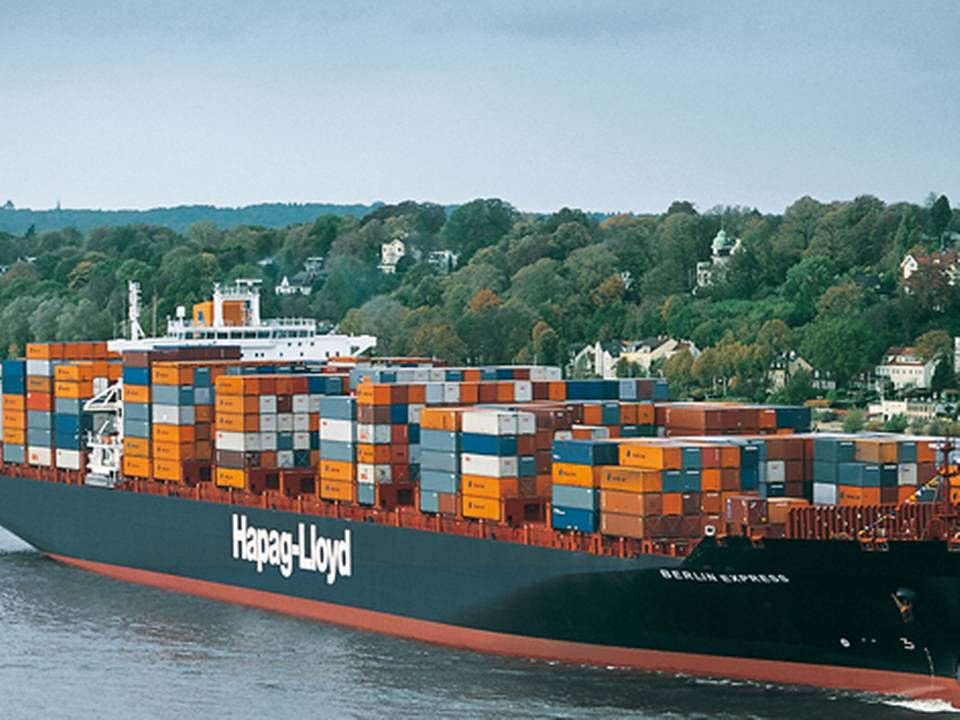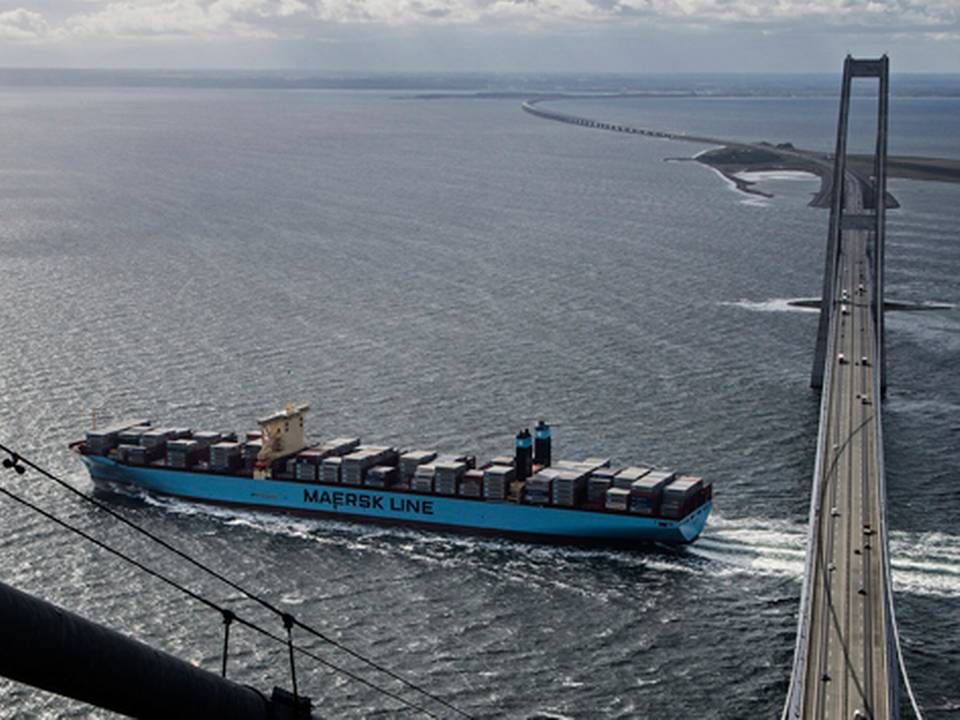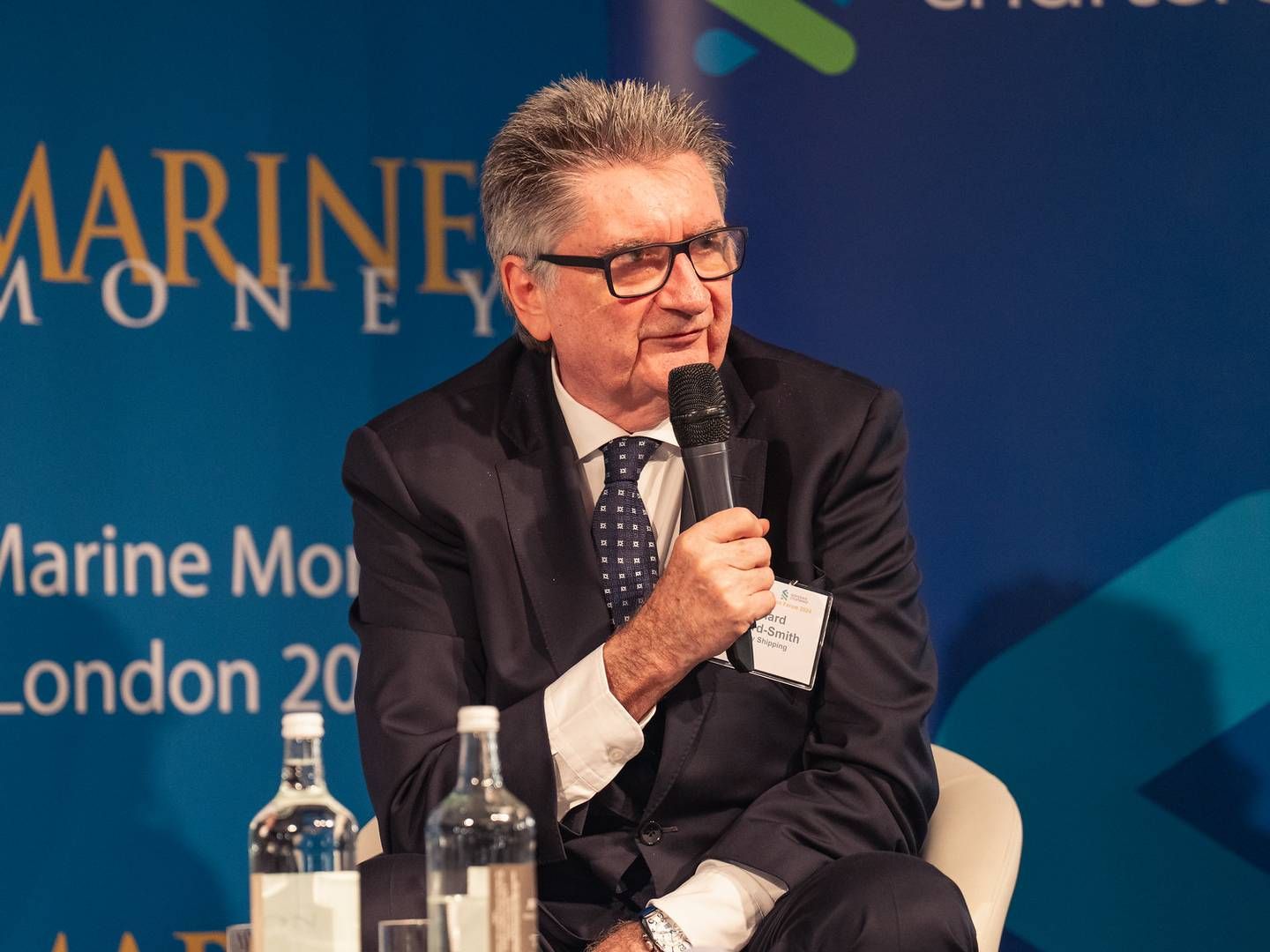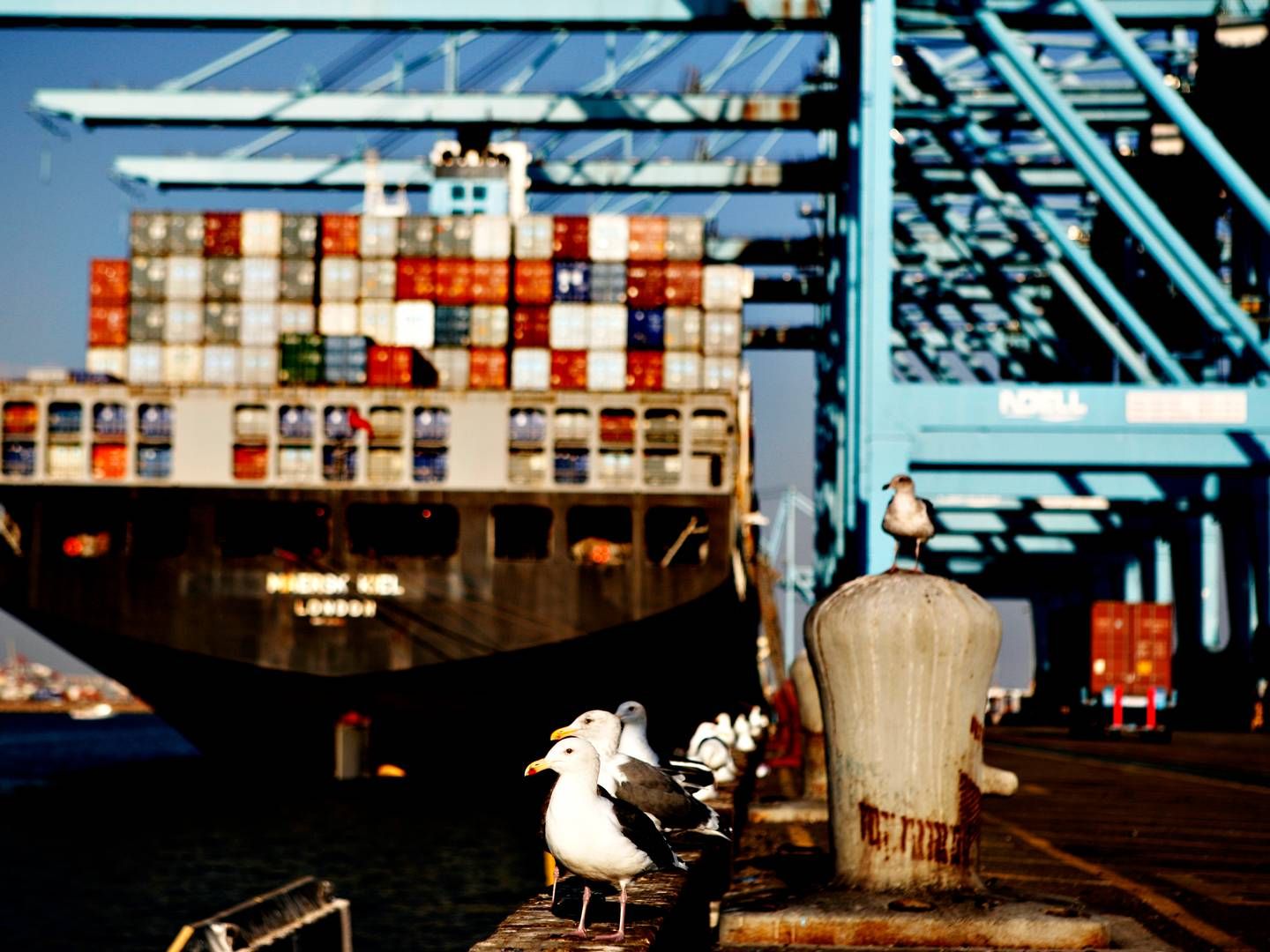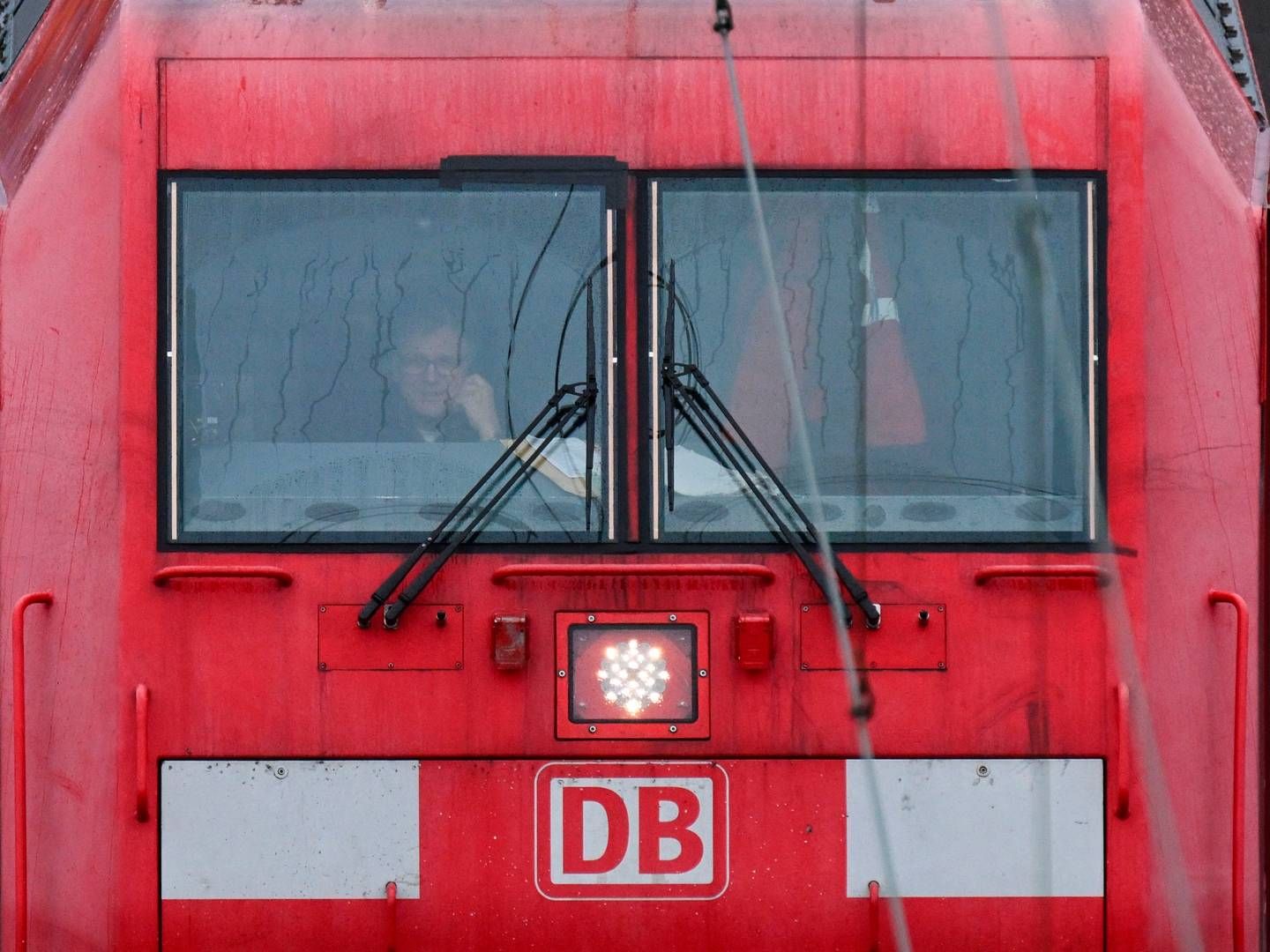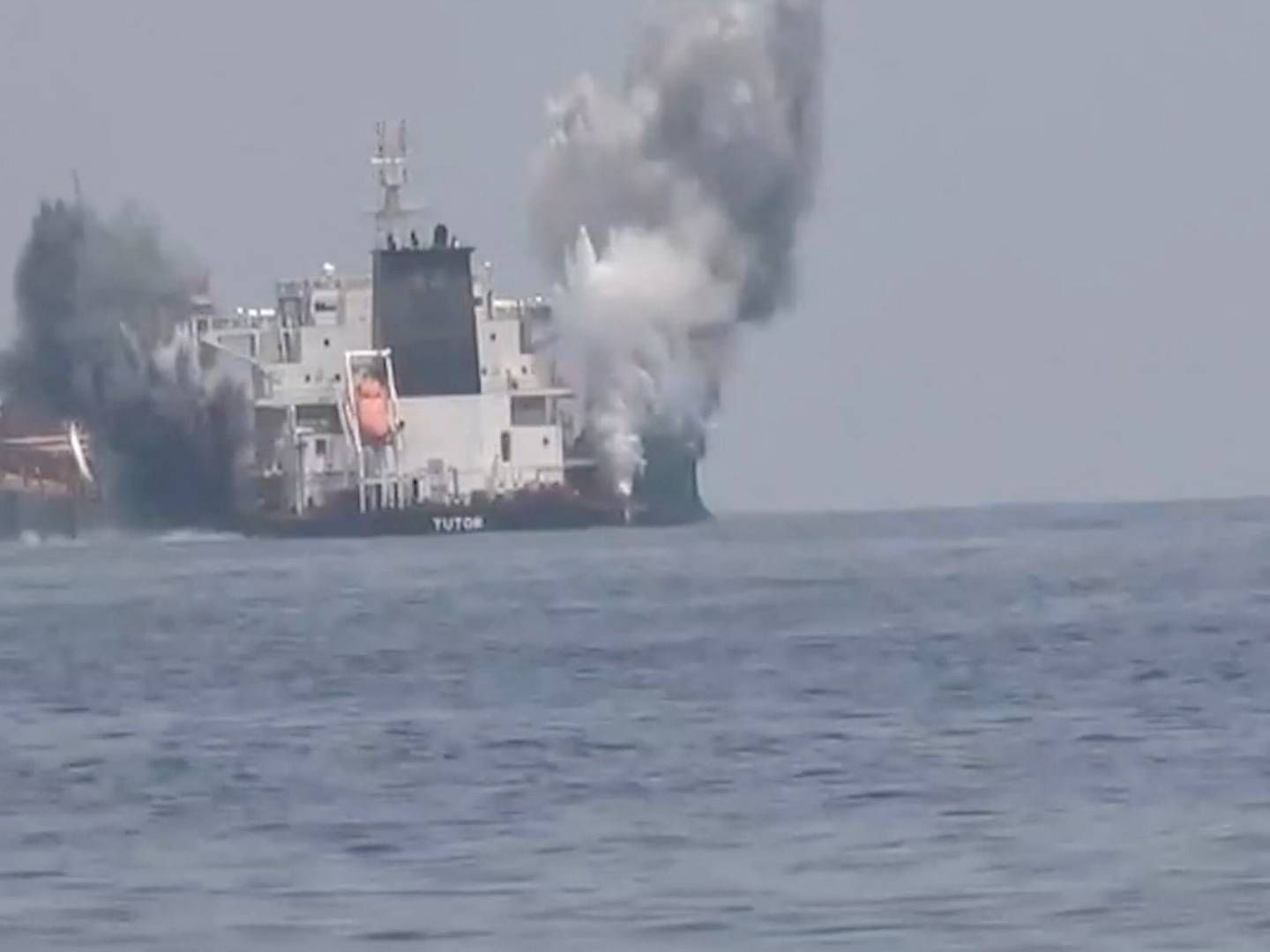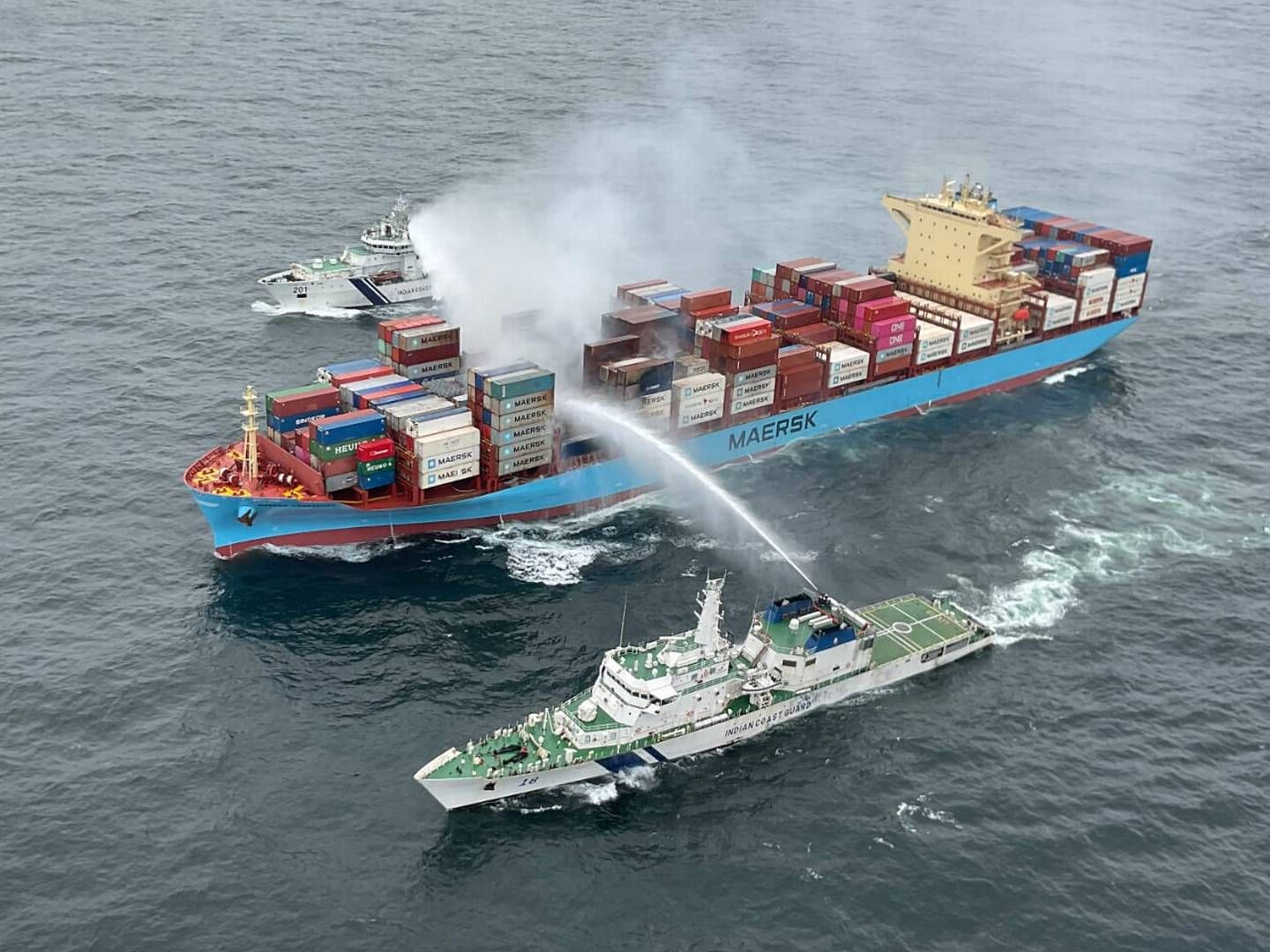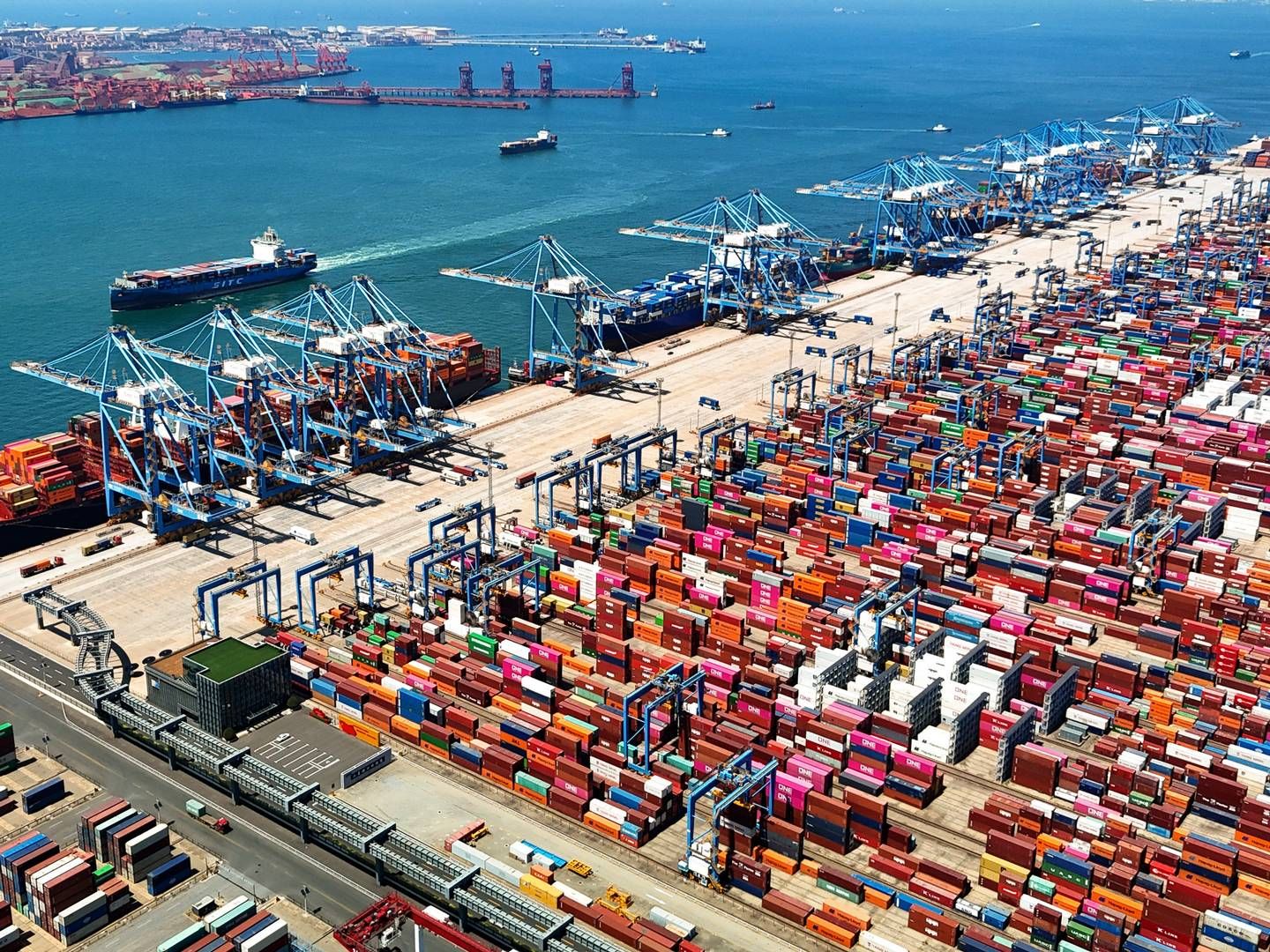Drones as new weapon against emission violators
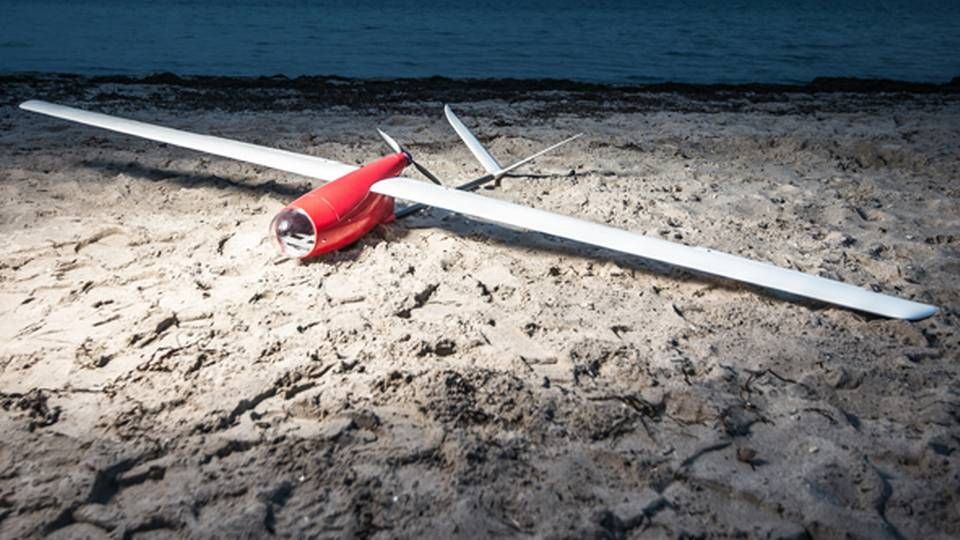
An IT engineering company is working to develop a drone solution that will monitor air pollution from ship traffic. The unmanned drones will hover above the ships sailing in the ECA zones, and the ambition is for the drones to be able to register whether ships violate the international sulphur emission regulations.
The project is being developed by IT company Explicit, with funding from the EPA.
The sulphur emission regulations in the ECA zones will be increased on January 1st 2015, and the limit on sulphur emissions will thus be reduced to 0.1 percent going forward, which means that IT engineer Explicit needs to act fast in terms of developing a viable solution. The alternatives to drones include the current practice of taking fuel samples when ships berth in ports, or using the sniffer project that is also under development. This project involves installing so-called sniffers in strategic spots to measure the exhaust from passing ships. But there are certain clear advantages to the drone solution, according to the man behind the project.
Cheap technology
"The advantage of using drone technology is that it is much cheaper to deploy than traditional surveillance methods at sea. Both because drones in and of themselves are comparatively inexpensive and because the sensor technology mounted on the drones is much cheaper than sensors placed far from the emission source. In order to effectively monitor and identify polluters it is also a prerequisite that you can precisely link a sensor result to a specific ship and drones can ensure this," says Explicit CEO Jon Knudsen.
The technology behind the sniffer drones has been specifically developed by Explicit, and if one gets a mental image of a man standing on a beach with a remote, trying to guide a drone toward the chimney a ship in the middle of the ocean, think again.
”Our system is able to calculate the exact position of the plume of a ship in real-time. Based on this the drone will seek out the plume on its own, do the measurements and report the results back to the system before returning to the mission base," explains Jon Knudsen, who has filed a patent claim for the new drone technology.
Hong Kong ready with sulphur regulations by summer


